June 20, 2025 | 11:04 GMT +7
June 20, 2025 | 11:04 GMT +7
Hotline: 0913.378.918
June 20, 2025 | 11:04 GMT +7
Hotline: 0913.378.918
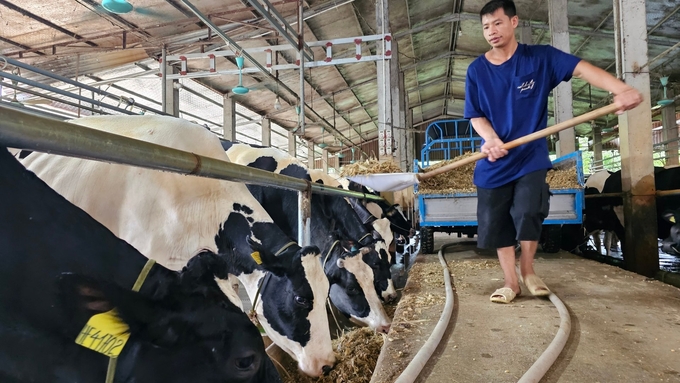
Vinh Phuc targets concentrated livestock farming areas. Photo: Hoang Anh.
In August 2022, the government of Vinh Phuc approved the Scheme for the Development of Vinh Phuc Provincial Livestock Production from 2022 to 2025. From that point on, all flaws and constraints of the livestock production industry have been exposed.
These are the fragmented, dispersed, and intercropped livestock farms in residence, the majority of which are on a household scale, the environmental treatment confronts many challenges, agricultural land area is being reduced, and no land is proposed for livestock production.
Therefore, Vinh Phuc must evaluate and supplement the planning of concentrated livestock production and high-tech livestock production in conjunction with agricultural restructuring.
It also concentrates on focal animals with benefits, such as pigs, cows, and chickens, as well as the transition from domestic farming to livestock farming. By 2025, dairy cow husbandry on a farm scale will account for 75% of the total herd, cows raised for flesh for 10%, pigs for 55%, and poultry for 60%.
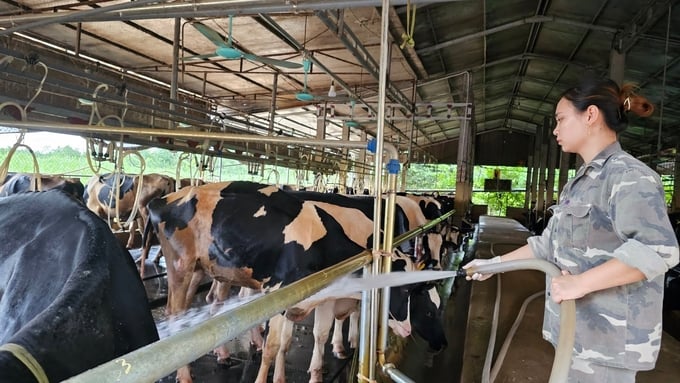
Dairy farming in Vinh Tuong. Photo: Van Viet.
As soon as the scheme was implemented, Vinh Phuc authorities issued a Resolution prohibiting livestock production in the area and a policy to assist the relocation of livestock plants.
In May 2023, along with the issuance of regulations on some specialized support policies for the construction of a Modeling Cultural Village, Vinh Phuc also introduced a support policy for pioneers who cease livestock production at their residences and hire alternative locations for farming in eligible areas.
This is a revolution in Vinh Phuc, with the goal of relocating household farming to concentrated facilities and progressively eliminating fragmented livestock production, which poses risks of disease, epidemics, and environmental contamination. However, the actual situation has encountered numerous obstacles.
Vinh Tuong is a district with favorable conditions for pastoral land, with a large land area along the Red River and a dairy farming tradition concentrated in the communes of Vinh Thinh, An Tuong, Vinh Ninh, and Binh Duong. With more than 353 hectares in 16 communes and cities, the district's livestock production land also places first in Vinh Phuc province.
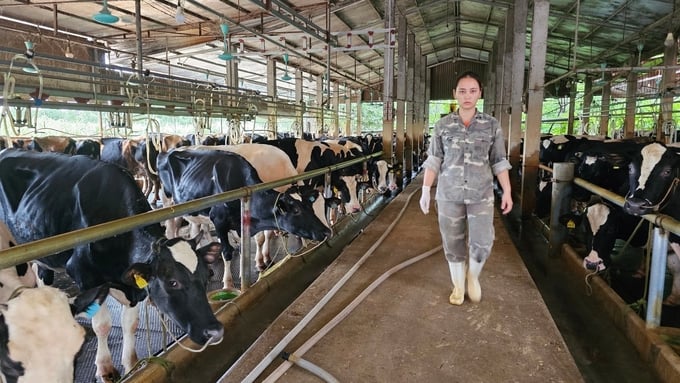
Vinh Phuc is lacking land funds to form concentrated livestock farming areas. Photo: Van Viet.
In the old times, Vinh Tuong district had more dairy cows than 90% of Vinh Phuc province; however, most dairy production in Vinh Tuong is located in residential areas, making environmental contamination an intractable issue. Both the province of Vinh Phuc and the district of Vinh Tuong once had programs and policy mechanisms to relocate dairy farming from residential to concentrated farming areas, but they were not comprehensive.
In Vinh Thinh and Vinh Ninh communes, locations with the largest dairy herds, the Vinh Tuong District People's Committee has prioritized directing the review and locating land funds to construct a project to relocate livestock households with 10 or more dairy cows that will abandon residential areas by 2023.
Ms. Le Thi Ly, deputy head of the Department of Agriculture and Rural Development in the district of Vinh Tuong, stated, however, that this objective cannot be achieved.
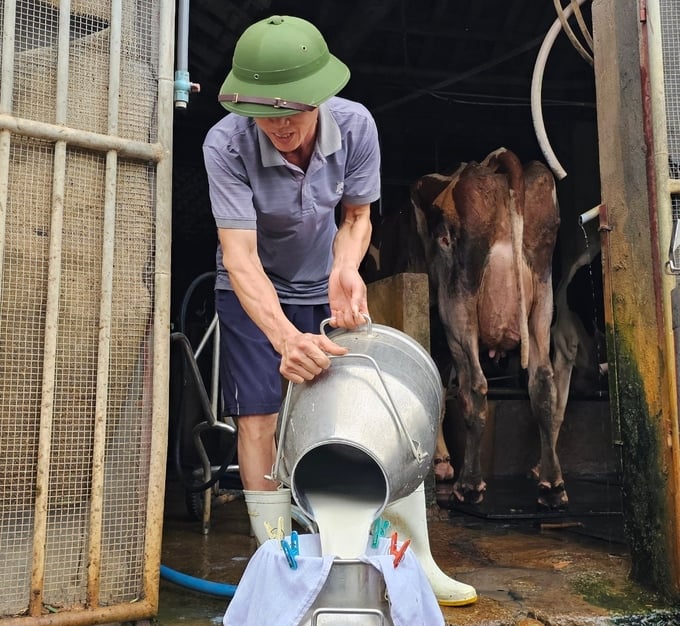
Dairy farming in Vinh Tuong brings high economic value to people. Photo: Hoang Anh.
Also, this year, when implementing the construction of a model cultural village, the district of Vinh Tuong has selected four villages for the province's pilot program, in which it is expected to construct four concentrated livestock areas to ensure compliance with the regulations; however, land is still the greatest obstacle.
Mr. Phan Duong Linh's family in Hau Loc village currently raises 120 dairy cows, the highest number of any household in the Vinh Ninh commune. Mr. Linh stated that dairy farming has a high economic value in areas such as the communes along the Red River in Vinh Tuong, where no other vegetation or animals can compete with dairy cows.
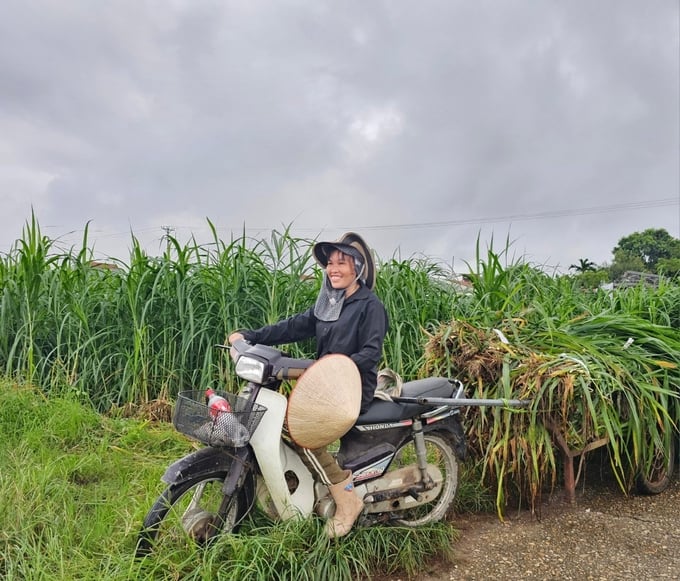
Planting grass to develop dairy farming in Vinh Tuong. Photo: Van Viet.
Everyone is aware that concentrated livestock production and farm size are required trends for addressing environmental issues, income, and chain connections. However, the problem for individuals is that they lack access to land. With a farm area comparable to that of his family, he will need approximately 2,000 square meters and approximately 10 billion VND.
People who are accustomed to raising livestock on a modest scale must make substantial investments in stables, varieties, and land in order to transition to concentrated farming. There are support policies, but not everyone meets the requirements to qualify.

The livestock industry accounts for more than 56% of the value of Vinh Phuc's agricultural industry. Photo: Hoang Anh.
According to the Livestock Development Project of the province of Vinh Phuc, approximately 1,159 hectares of land are devoted to livestock husbandry, with the majority of this land located in the districts of Vinh Tuong, Binh Xuyen, Tam Duong, Yen Lac, Tam Dao, Song Lo, and Lap Thach.
Statistics from the province of Vinh Phuc indicate that there are nearly 100,000 small-scale livestock-rearing households in the region, representing more than 95% of the total number of livestock establishments. The development orientation and strategy of the province is to expand industrial farms along the value-added chain, connecting production with preservation, processing, and consumption of products.
However, domestic farming in Vinh Phuc cannot be eradicated in the near future because it is still the primary source of income for elderly farmers who are unable to work as factory laborers.
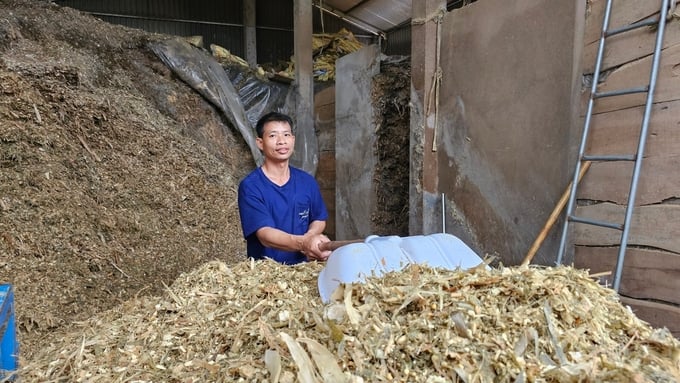
Building a circular economy model in household farming. Photo: Van Viet.
In order to eliminate land barriers, the province of Vinh Phuc has instructed specialized agencies to evaluate and convert ineffectual agricultural and forestry land areas into livestock and raw production areas. Prioritize land funds, land allocation, land rental exemption, and reduction for biosafety-compliant breeding facilities, concentrated farms, and industrial livestock facilities.
Additionally, Vinh Phuc focuses on resolving environmental issues in livestock husbandry. Utilize biological products, bio-mats, and biogas technology to convert livestock waste into a fertilizer source for crops and vegetables... Reorganize livestock farming in the direction of organics, biosafety, assuring environmental hygiene, securing the livelihoods of farmers, and the pursuit of professional and specialized animal husbandry.
To attain the aforementioned objective, Vinh Phuc province has allocated approximately 103 billion VND from its provincial budget to support and promote livestock development. 8 billion VND will go toward improving the quality of livestock breeds, 60 billion VND will go toward disease prevention, and 34 billion VND will go toward innovating livestock production methods, such as waste treatment, VietGAP certification, organic mechanisms, and links between production and consumption of products...
Translated by Linh Linh
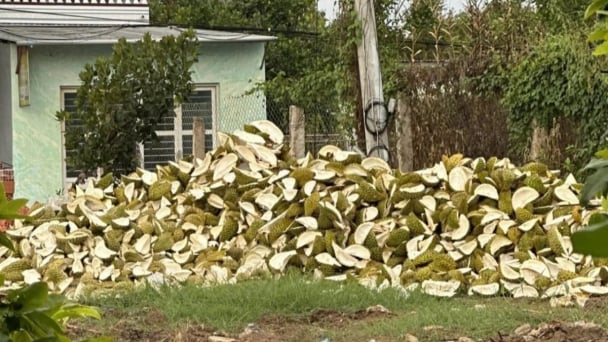
(VAN) The waste of resources from agricultural by-products and the situation of counterfeit and poor quality goods in production causing losses of thousands of billions were pointed out by the National Assembly deputy.
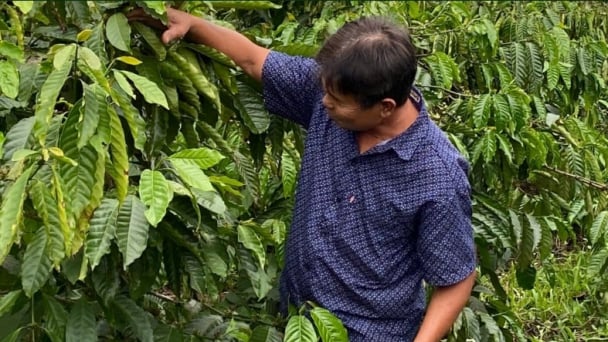
(VAN) After 5 years of implementation, the CAI initiative has helped coffee growers change their farming practices, moving toward responsible agriculture that meets global export standards.
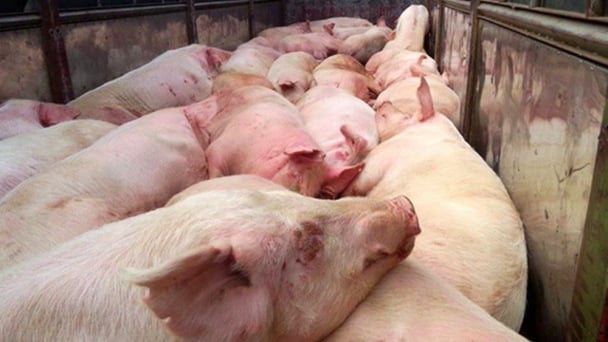
(VAN) The primary prerequisite for the comprehensive and robust integration of Vietnam's livestock sector into the global value chain is the establishment of a disease control system.
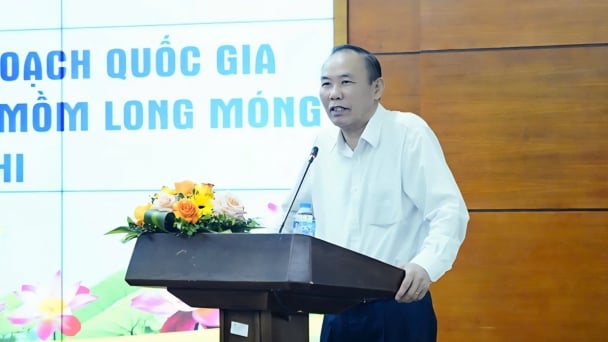
(VAN) The results of national programs are essential for establishing a contemporary livestock sector that is well-equipped to meet the demands of both domestic and international markets, with robust biosafety standards.
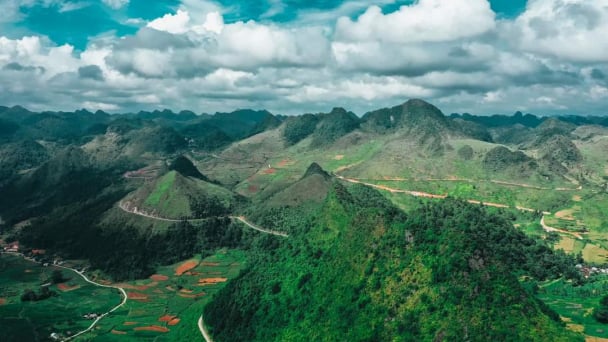
(VAN) The UNESCO Global Geopark revalidation of Non nuoc Cao Bang and the transition to a two-tier administrative model are presently undergoing a pivotal moment in Cao Bang, the northernmost province of Vietnam.
/2025/06/13/5330-2-004539_953.jpg)
(VAN) Changing policy mindset and removing investment barriers are urgent requirements to open up new development space for enterprises in the agricultural sector.

(VAN) The areas include the restoration of five million hectares of marine ecosystems.